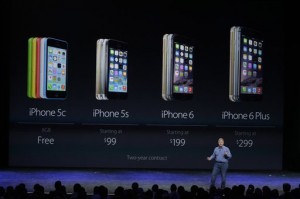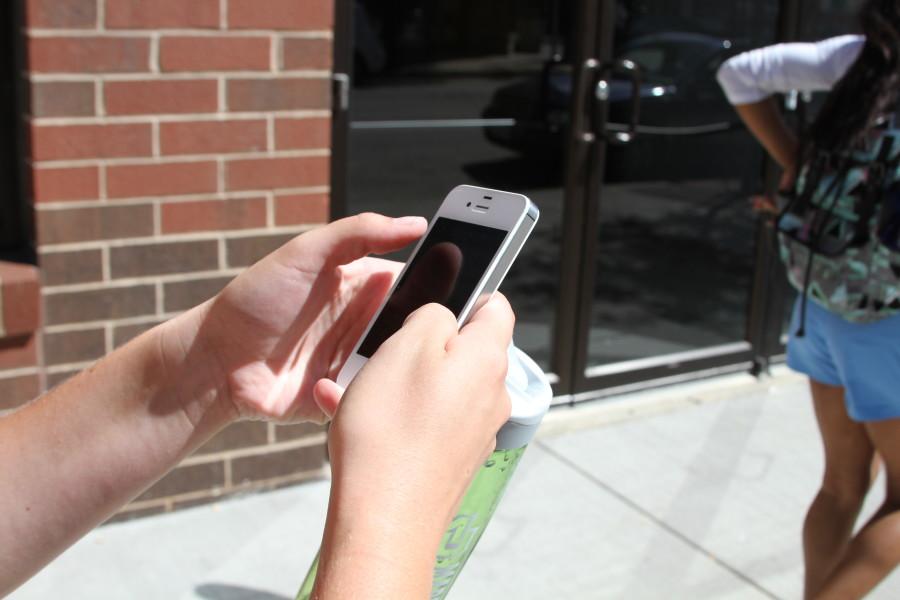 If you think about it, we college students grew up with cell phones. We were there for the release of the Razr and enthralled by the Sidekick, new innovations from the early Nokia phones with giant antennas and candy bar keyboards. My first cell phone was nothing too fancy, and I only used it to make a call when I was out of the house. But more often than not, I just used it to play Snake.
If you think about it, we college students grew up with cell phones. We were there for the release of the Razr and enthralled by the Sidekick, new innovations from the early Nokia phones with giant antennas and candy bar keyboards. My first cell phone was nothing too fancy, and I only used it to make a call when I was out of the house. But more often than not, I just used it to play Snake.
Fast track past the LG Chocolate and Rogue to now, I can use my cell phone to access the Internet, listen to my music and make calls every now and then. Demands for technology have changed, with most people using their phones as a mobile computer. Phones are highly efficient these days and, with the announcement of the iPhone 6 Plus and new features such as Apple Pay, additional innovations are on the way.
While it is great that we still have room to advance the capabilities of handheld devices, something to be wary of as we move forward with this new technology is the distinct possibility that these advances show us drawing on old innovations to keep us moving into unknown territory.
For years, the industry’s goal was to make cell phones smaller and more portable while maintaining top of the line features. Of course, the demand has now changed, with costumers buying larger screens and higher performing processors to complete tasks efficiently, and in a big way. The engineering of the iPhone 6 Plus demonstrates how size is going back on design improvements to accommodate new technology. 
One could say that size does not matter, but it is confusing when we strive for compact, mobile devices and then create a product bigger than the average person’s hand. At greater debate with the new advances is iOS 8’s newest feature, Apple Pay, advertised as the software to keep you from carrying a wallet around by storing your credit information on a mobile device.
In theory, needing just your phone to make purchases sounds like an ideal advancement, but it is not without its risks. Cell phones have their glitches, and with the recent leak of Jennifer Lawrence’s photos, it is nerve-wracking to entrust sensitive information with such great bearing on our well-being to a phone. Phone theft, hacking and system failures are just a few of the ways credit information could get into the wrong hands should things not be perfect.
Innovations in technology keep moving us forward, yet there are conditions limiting how particular innovations can be used day to day. Apple may promise that the new products and features can only be beneficial to our daily lives, but there are major risks involved that people need to understand before jumping at the opportunity to stop carrying credit cards around. With new innovations come new problems that we need to address.
The days of using a cell phone simply to make calls and play Brick or Snake are gone, and while we can be proud that devices are more advanced, let us not get too far ahead of ourselves. As cell phone technology continues to explore new territories within the confines of possibility, we as consumers need to stay privy to how advances affect us and recognize the difference between a good setup and a bad one.



